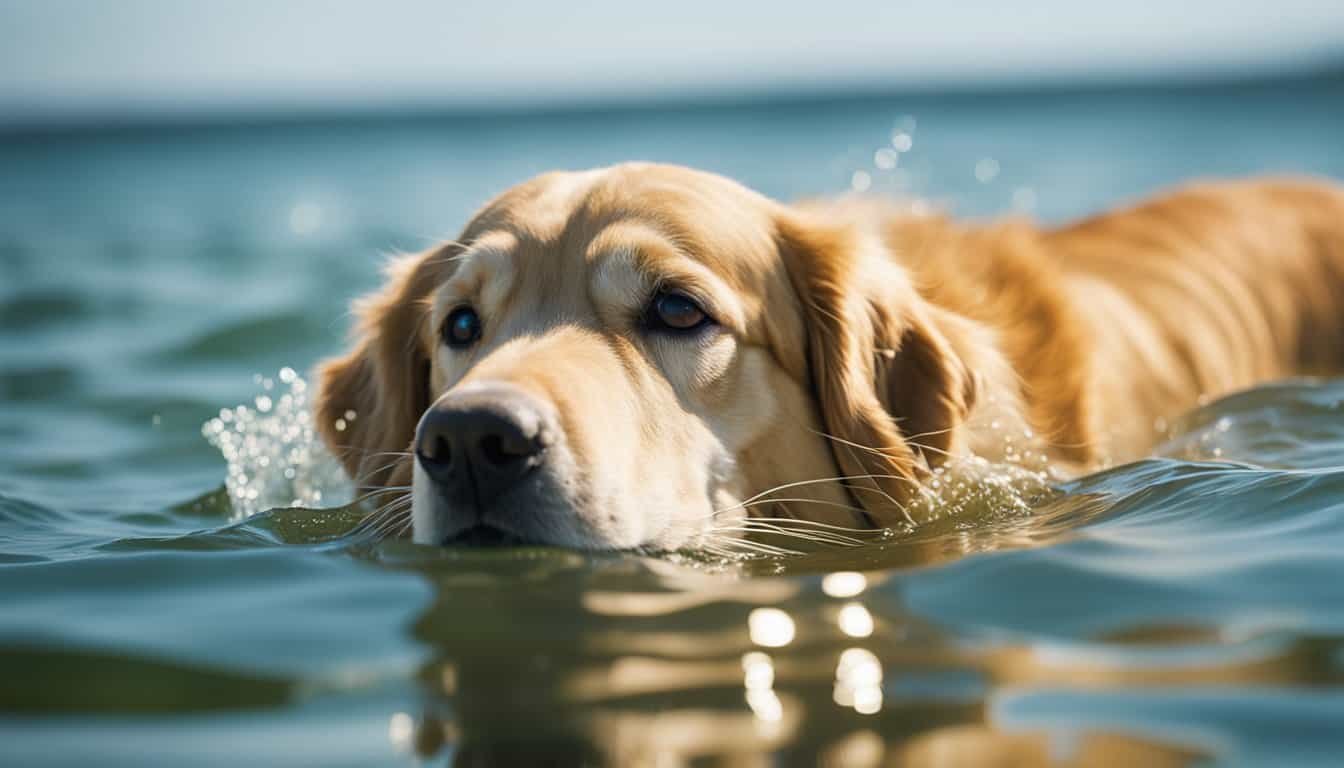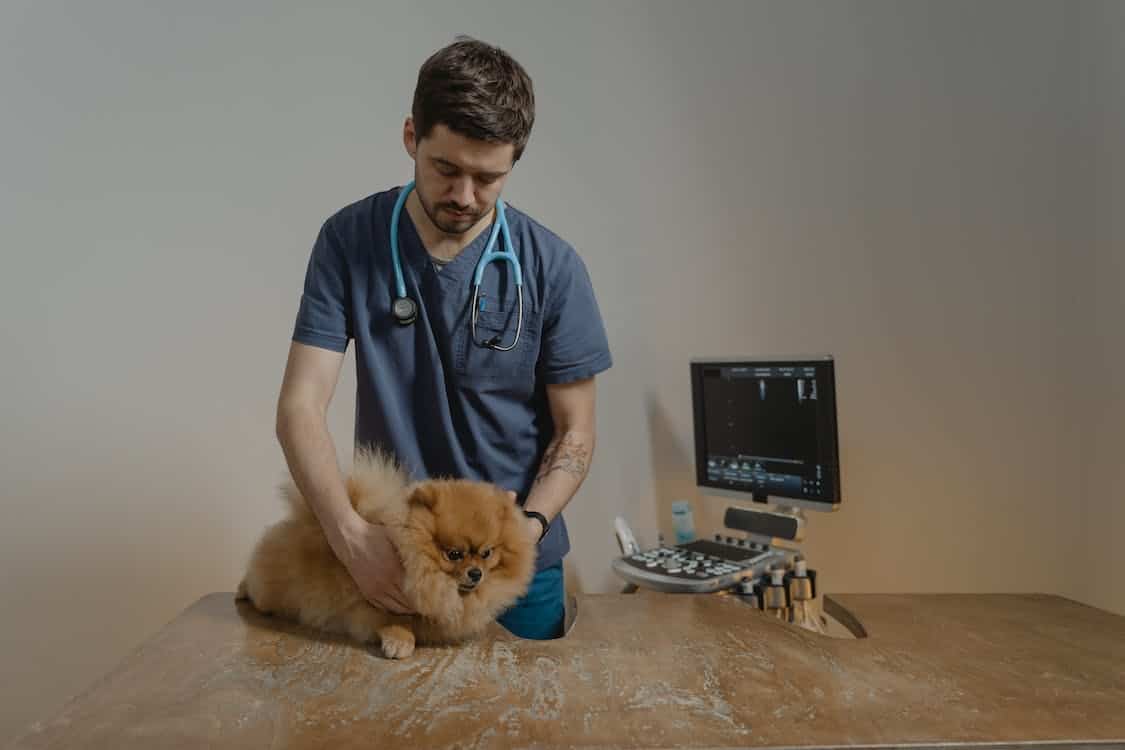Cataract surgery for dogs is a common procedure that many pet owners opt for when their dog starts to experience vision problems. The cost of the surgery will vary depending on your location, the vet clinic you go to, and the type of surgery that is required. In this article, we will provide an estimate of how much cataract surgery for dogs typically costs.
What Are Cataracts In Dogs?
A cataract is an opacity of the lens that results in a decrease in vision. The normal lens is clear and allows light to pass through to the back of the eye where it is focused. When a cataract forms, light is unable to pass through the lens, resulting in a decrease in vision. Cataracts can occur in any breed and at any age, but they are most commonly seen in older dogs.
Certain breeds are also predisposed to developing cataracts, such as American Cockers, Boston Terriers, Poodles, Miniature Schnauzers, Labrador Retrievers, Cocker Spaniels, and Golden Retrievers.
There are two main types of cataracts:
Nuclear Sclerosis
Nuclear sclerosis is a common age-related change in the lenses of dogs’ eyes. It’s similar to cataracts in humans, but nuclear sclerosis doesn’t usually affect vision. With age, the nucleus (central part) of the lens hardens and becomes less transparent. As a result, the pupil appears smaller. Nuclear sclerosis is most common in older dogs and is rarely seen in dogs under 7 years old. There are no medical treatments for nuclear sclerosis, but it doesn’t require treatment unless it’s causing problems with your dog’s vision. If your dog does have vision problems from nuclear sclerosis, your veterinarian may recommend surgery to remove the affected lens.
Cortex Cataract
A cortex cataract is a type of cataract that forms in the cortex, or outer layer, of the eye. Cortex cataracts are relatively rare in dogs, accounting for only about 5% of all cases of cataracts. However, they can cause a significant decrease in vision and may eventually lead to complete blindness. Cortex cataracts are most commonly seen in older dogs, and certain breeds (such as American Cocker Spaniels, Boston Terriers, and Poodles) are at increased risk. Treatment for a cortex cataract typically involves surgical removal of the affected lens. With early diagnosis and treatment, a dog with a cortex cataract can often regain good vision.
How Expensive Is Cataract Surgery For Dogs?
Canine cataract surgery is an expensive but successful procedure. The average cost of surgery is between $2,500 and $4,000, depending on the severity of cataracts and the size of the dog. The success rate for surgery is quite high at 80 percent, with most dogs regaining their vision within a few weeks.
However, there are a few risks associated with the surgery, such as infection and bleeding. For this reason, it is important to consult with a veterinarian before making the decision to undergo surgery. Overall, canine cataract surgery is a safe and effective way to improve your dog’s vision. However, the cost of the procedure may be prohibitive for some owners.
What Is The Process For Cataract Surgery In Dogs?
As any pet owner knows, our furry friends rely on us to take care of them when they’re sick or injured. One common condition that can affect dogs as they age is cataracts. While cataracts in humans can usually be treated with surgery, the same isn’t always true for dogs. Nevertheless, many dog owners choose to go ahead with the procedure in hopes of giving their pet a better quality of life.
So, what exactly is the process for dog cataract surgery? First, the eye is anesthetized, and a small incision is made in the cornea. Next, an ultrasound probe is used to break up the cataract into smaller pieces. These pieces are then suctioned out of the eye. Finally, the incision is closed, and the eye is covered with a patch. The entire surgery usually takes less than an hour.
Although there are no guarantees, many dogs who undergo cataract surgery do experience an improvement in their vision. If you’re considering the procedure for your dog, be sure to discuss all of the risks and benefits with your veterinarian beforehand.
How To Prevent Cataracts In Dogs?
It is hard to completely prevent cataracts, but you can help reduce your dog’s risk by feeding them a healthy diet and keeping their weight under control. Maintaining good oral health is also important, as dental disease has been linked to an increased risk of developing cataracts. Finally, make sure your dog gets regular exercise to keep their eyes healthy.
While there is no guaranteed way to prevent cataracts, taking these steps can help reduce your dog’s risk. If you are concerned about your dog’s vision, be sure to consult with a veterinarian. Early diagnosis and treatment of cataracts is the best way to ensure a positive outcome for your pet.
Are There Risks With Cataract Surgery For Dogs?
While cataract surgery is generally safe, there are always risks associated with any type of surgery. The most common complication is an infection, which can usually be treated with antibiotics. There is also a small risk of bleeding or damage to the eye during the surgery. In most cases, however, the benefits of cataract surgery outweigh the risks, and dogs who have the procedure are able to enjoy normal vision again.

Our Final Thoughts
« The Ultimate Guide to Potty Training Your Golden Retriever Puppy
Do Golden Retrievers Bite? »
Cataract surgery is an expensive but successful procedure that can help improve your dog’s vision. However, there are a few risks associated with the surgery, so it is important to consult with a veterinarian before making the decision to undergo surgery. Overall, canine cataract surgery is a safe and effective way to improve your dog’s vision.







